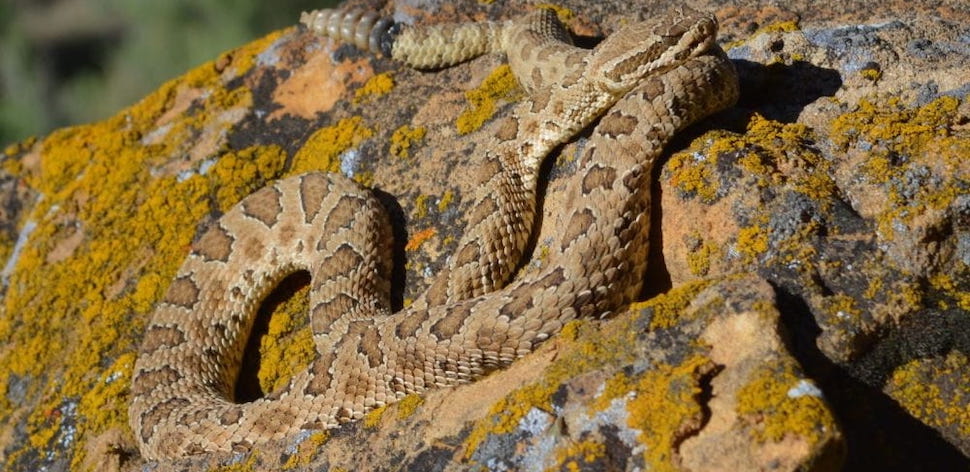Research led by a team from the University of Texas at Arlington into how rattlesnakes regulate their venom has the potential to shake up how snake bites are treated—while providing insights into how the reptiles’ genes are controlled.
The research is highlighted in new peer-reviewed research in the journal Genome Biology and Evolution, UTA said.
“The research has broad ramifications for improving global treatment of snakebites, with potential to impact millions globally,” Todd Castoe, lead author of the study and a professor of biology at the university, said in a statement. “How new traits arise, how genomic mechanisms control turning genes on and off, and how genomic changes modify gene regulation are fundamental questions for understanding the mechanisms that control the expression of genes.”

UT Arlington Biology Professor Todd Castoe was lead author of the rattlesnake venom study. [Photo: UTA]
Regulatory genes in venom glands
Castoe and his research team—which included scientists from the University of Arkansas at Fayetteville, the University of Colorado at Denver, and the University of Northern Colorado at Greeley—studied prairie rattlesnakes from Weld County, Colorado.
Typically, prairie rattlesnakes are found in the middle of the United States, from Canada south to Texas and from Idaho east to Iowa. The snakes grow about 35 to 45 inches in length and have a signature rattle that is used to warn away potential aggressors,
The venomous snakes’ bites can be fatal.
UTA said the researchers analyzed the snakes’ venom glands to study gene expression across individual single cells, with the goal of understanding how those genes are turned on and off by complex genomic mechanisms that regulate gene expression.
“Our findings provide new evidence for how new gene regulatory mechanisms arise to control the timing and magnitude of gene expression, and how existing regulatory mechanisms might be co-opted for new purposes to do so,” Castoe said.
NSF grant takes research beyond snakes
In an effort to expand the research beyond snakes, Castoe and his colleagues received a $1.5 million grant from the National Science Foundation that will support new statistical approaches to generate, test, and refine hypotheses for how gene regulatory networks function—innovations that would be broadly applicable to any organism, including humans.
UTA said the knowledge gained by researchers will advance fundamental understanding of how natural selection acts to evolve, maintain, and finely tune complex traits.
The NSF grant will also support mentoring and training for 22 undergraduate and eight graduate students across the team members’ four affiliated institutions, UTA said.
“We’re excited about the grant funding from NSF,” Castoe said. “It will allow us to continue our research while training the next generation of biologists using the latest genomic technology and computational techniques to explore how genes are regulated.”
![]()
Get on the list.
Dallas Innovates, every day.
Sign up to keep your eye on what’s new and next in Dallas-Fort Worth, every day.

































